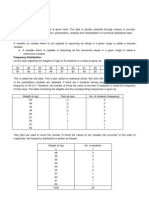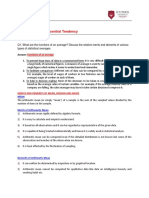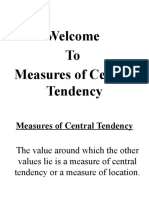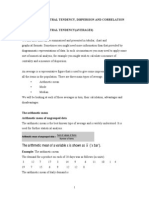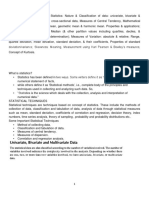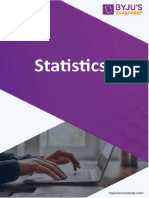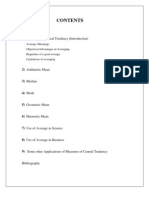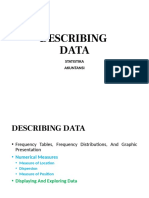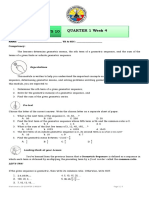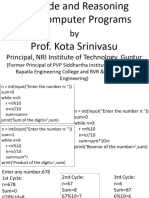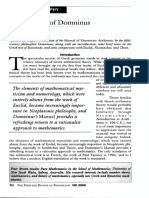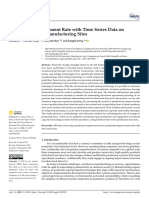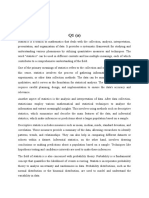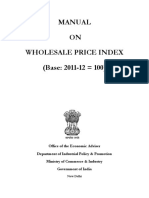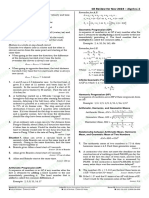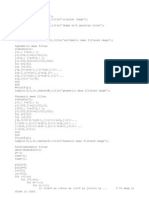0% found this document useful (0 votes)
8 views22 pagesData and Overview Lecture 6
The document provides an overview of measures of central tendency, including definitions and properties of the arithmetic mean, median, and mode. It outlines the requirements for an ideal average and describes how to calculate these measures for both discrete and continuous data. Additionally, it briefly mentions geometric and harmonic means, although they are not required for the semester.
Uploaded by
chakrabarti.himachalCopyright
© © All Rights Reserved
We take content rights seriously. If you suspect this is your content, claim it here.
Available Formats
Download as PDF, TXT or read online on Scribd
0% found this document useful (0 votes)
8 views22 pagesData and Overview Lecture 6
The document provides an overview of measures of central tendency, including definitions and properties of the arithmetic mean, median, and mode. It outlines the requirements for an ideal average and describes how to calculate these measures for both discrete and continuous data. Additionally, it briefly mentions geometric and harmonic means, although they are not required for the semester.
Uploaded by
chakrabarti.himachalCopyright
© © All Rights Reserved
We take content rights seriously. If you suspect this is your content, claim it here.
Available Formats
Download as PDF, TXT or read online on Scribd
/ 22



